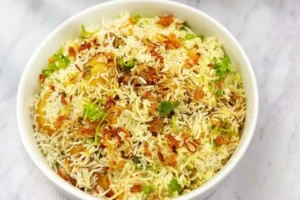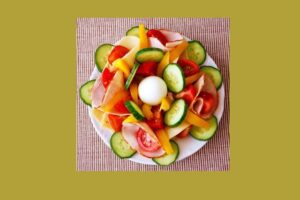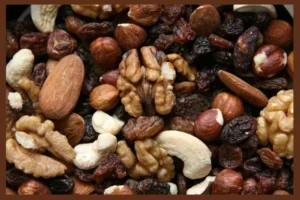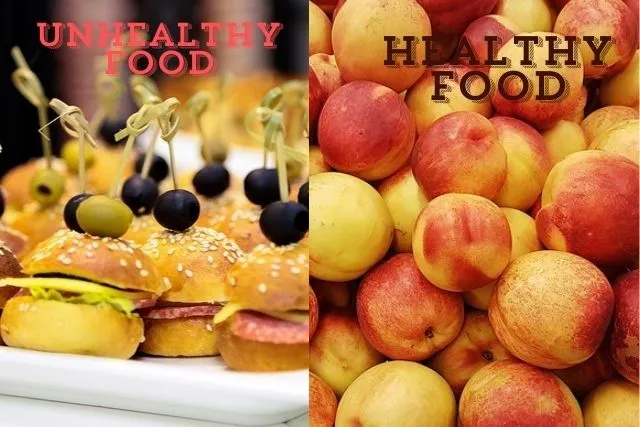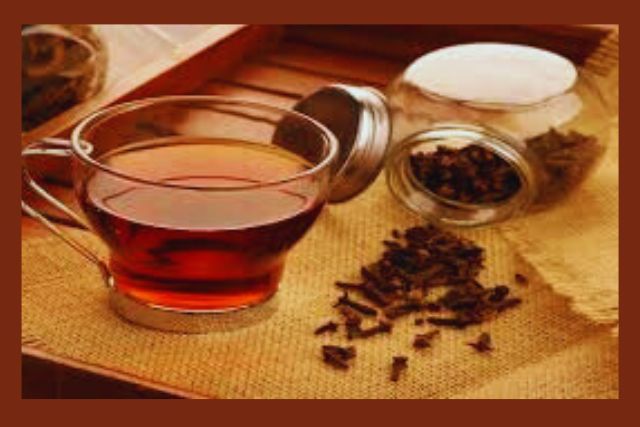Ramadan Traditional Food
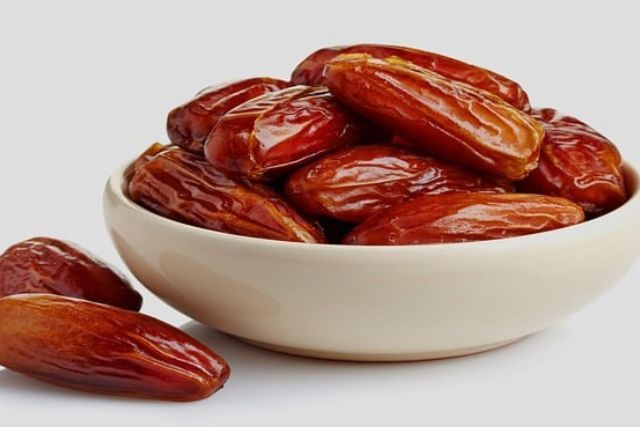
Ramadan Traditional food include dates and water for breaking the fast, followed by dishes like harira or lentil soup. During Ramadan, the evening meal known as Iftar is a significant time when families and communities come together to indulge in a wide array of culinary delights, each culture adding a unique touch to traditional recipes.
The pre-dawn meal, Suhoor, focuses on sustaining foods like oats, eggs, and fruit to provide energy throughout the day of fasting. The gastronomic practices observed during this holy month are not solely about nourishment but also embody the spiritual reflection, community bonding, and the celebration of cultural heritage.
Different regions bring their flavors to the table, from the savory ful medames of Egypt to the sweet baklava of the Levant, each dish signifies the essence of Ramadan’s culinary traditions. These meals, coupled with the heightened spirituality of the month, contribute to the unique atmosphere that Ramadan is renowned for worldwide.
Cultural Tapestry Of Ramadan Traditional Food
Ramadan holds deep significance for Muslims around the world. It is a month of fasting, prayer, and reflection as prescribed in Islam. During Ramadan, the day begins with a pre-dawn meal called Suhoor, and ends with the sunset meal of Iftar.
Food plays a vital role during Ramadan, showcasing the rich culinary traditions of various cultures. Each evening, families break their fast with dates and water, followed by a spread of traditional dishes. These meals are more than just sustenance; they serve as a link to heritage and community.
Sunset Feasts: Iftar Essentials Across The Globe
Ramadan evenings sparkle with flavorful traditional dishes. Families around the world gather for Iftar, the meal to end the day’s fast. Middle Eastern tables boast dates and laban, a refreshing yogurt drink, followed by sambusak, savory pastries filled with meat or cheese. Sweet qatayef, a type of Arabic pancake, often graces the table, stuffed with nuts or cheese.
Across the seas, South Asia brings its own rich traditions to Iftar. Fruit chaat, a mix of spices and seasonal fruits, offers a tangy start. Chana chaat combines chickpeas, potatoes, and chutneys into a zesty salad. The beloved samosa, a crispy pocket of potatoes and peas, is a must. To satisfy the sweet tooth, gulab jamun, syrupy milk-solid balls, provide a heavenly finish.
Pre-dawn Preparations: Suhur Dishes To Begin The Fast
Ramadan brings a time of reflection and spirituality, highlighted by unique food traditions. The pre-dawn meal, Suhur, is crucial in sustaining energy throughout the day. This meal often includes proteins, whole grains, and fruits, which are essential for a slow release of energy.
Different countries have their unique takes on Suhur. For instance, ful medames, a tasty fava bean dish, is popular in Egypt. Oats or porridge become the core in Britain, often complemented with dried fruits and nuts. Elsewhere, items like cheese, olives, and bread are common on the Suhur table.
| Country | Main Dish | Side Items |
| Egypt | Ful medames | Bread, eggs, yogurt |
| Britain | Oats/Porridge | Dried fruits, nuts |
| Turkey | Cheese, olives | Tomatoes, cucumbers |
Sweets And Beverages: A Tale Of Celebration
Ramadan nights sparkle with sweet treats and flavorful sips. Sugary delights like Qatayef, Ma’amoul, and Kanafeh fill the tables, bringing joy after a day of fasting. Each bite is a blend of nuts, dates, and honey, weaving tradition with taste.
Thirst-quenching drinks such as Jallab and Tamar Hindi stand ready to refresh. They mix fruit syrups, rose water, and mint for cooling pleasure. These beverages are not just drinks but cultural gems during Ramadan celebrations.
Legacy Of Spices: The Flavorful Foundations
Ramadan brings together families and communities, and food plays a central role in this holy month. Traditional Ramadan recipes are rich in spices. These spices are not just about flavor. They tell stories of cultures and traditions.
Each region’s spice blend is unique. It reflects the landscape and history of the place. Spices like cumin, coriander, and cinnamon are common. Cardamom and turmeric also add to the dishes.
| Region | Spice Mix | Signature Dish |
| Middle East | Za’atar | Musakhan |
| North Africa | Ras el hanout | Couscous |
| South Asia | Garam Masala | Biryani |
Communal Gatherings: Sharing Meals In The Spirit Of Ramadan
Ramadan is a time when family and friends gather to share meals. These meals are more than just eating together; they are a symbol of unity and community. The iftar, or evening meal which breaks the day’s fast, often sees people inviting loved ones to dine and celebrate the holy month.
In many places, public feasts showcase kindness and giving. Big tents may be set up to host anyone who wishes to eat. Both rich and poor are welcomed with open arms. It’s a sight of sheer generosity during Ramadan. Food serves to strengthen bonds and SPREAD the spirit of togetherness.
Ramadan Traditional Food Modern Twists On Time-honored Recipes
Ramadan brings a feast of traditional flavors. Yet, modern chefs are giving these dishes a new twist. The transformation starts with classic recipes. These chefs keep the familiar taste but add unexpected ingredients. Think of hummus spiked with avocado or beetroot. Healthier options also make their way onto tables. Whole grains and less sugar please health-conscious diners.
Fusion cuisine meets Ramadan traditions. A hearty stew now may feature quinoa instead of rice. Dates get filled with nut butter or almonds for extra nutrients. These modern interpretations honor the past yet embrace today’s tastes. They ensure Ramadan meals are both soulful and fresh. This month becomes a time to celebrate cultural heritage and diet diversity.
Ramadan Recipes: Cooking Up Cultural Heritage At Home
Preparing traditional dishes during Ramadan is a way to connect with heritage. Families often gather in the kitchen to share cherished recipes handed down through generations. Keep instructions simple, with clear steps for children to follow. Using readily available ingredients is key to ensuring everyone can participate.
Creating a dish together can be a bonding experience, with each family member taking on a role. Kids might wash veggies or mix ingredients, while adults handle complex tasks. Having a variety of recipes lets everyone find something they love. Cooking these meals at home brings the spirit of Ramadan into your hearth.
Preserving Authenticity: Challenges And Endeavors
Globalization poses real challenges to traditional cuisine, especially during Ramadan. Family recipes get lost amidst fast-food trends. The fabric of cultural identity risks tearing apart.
Activists and chefs across the world are taking steps to protect this cultural treasure. They organize food festivals and cooking workshops. They share stories about dishes like Harees and Qatayef. These activities aim to preserve the rich flavors of Ramadan.
Schools join by teaching kids to cook traditional meals. Cookbooks and online platforms chronicle generational recipes. It’s a battle against the erosion of cultural diversity. This continues to keep authenticity alive in communities worldwide.
Frequently Asked Questions Of Ramadan Traditional Food
What Are Popular Foods During Ramadan?
Traditional foods during Ramadan vary by region but often include dates, harira soup, samosas, and iftar meals for breaking the fast. These foods are rich, fulfilling, and provide the needed energy after a day of fasting.
How Do Dates Fit Into Ramadan Cuisine?
Dates are a staple for Ramadan, traditionally eaten to break the fast. They are nutritious, high in natural sugars and fiber, providing a quick energy boost. Dates also hold cultural significance, following the Prophet Muhammad’s tradition.
What Is Typically Served For Suhoor?
Suhoor is the pre-dawn meal during Ramadan; it typically includes high-fiber and protein foods such as oatmeal, eggs, yogurt, and whole grains to sustain energy levels throughout the day of fasting.
Are There Vegetarian Dishes For Ramadan?
Yes, there are plenty of vegetarian dishes enjoyed during Ramadan, such as falafel, hummus, tabbouleh, and lentil soups. These offer variety for vegetarians while still conforming to dietary practices during Ramadan.
Conclusion
As Ramadan draws to a close, the traditional foods we’ve explored embody more than flavor—they’re steeped in cultural significance and shared spirituality. To ensure your iftar and suhoor remain authentic and delightful, embrace these timeless dishes. Here’s to a fulfilling month of fasting, feasting, and cherished memories around the dinner table.
Celebrate with gusto and savor every bite.
